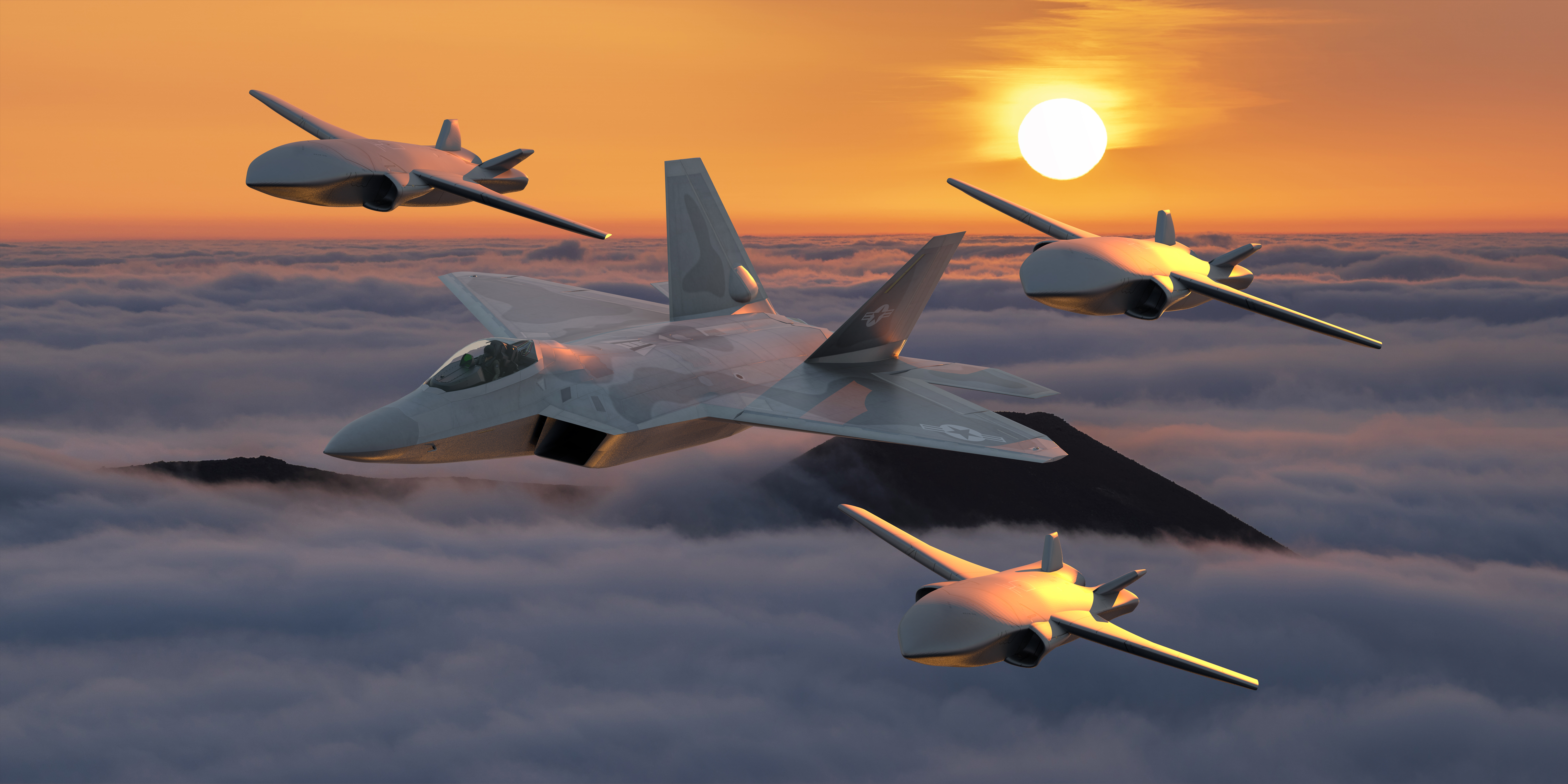The rise of killer robots could shift the balance of military power in the region
The rise of lethal autonomous weapon systems (LAWS) or ‘killer robots’ could shift the balance of power in the Indo-Pacific region, according to UNSW Canberra Research Associate Austin Wyatt.

